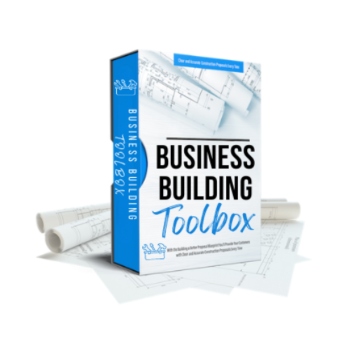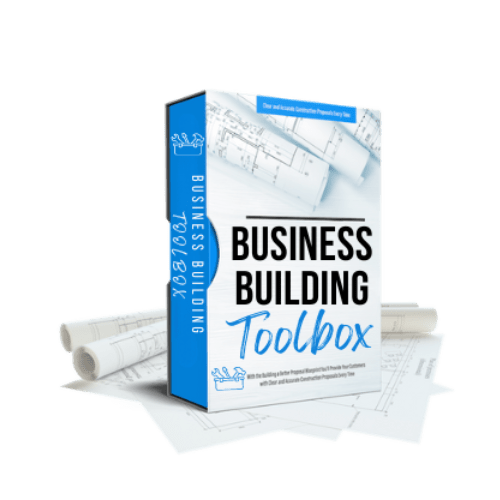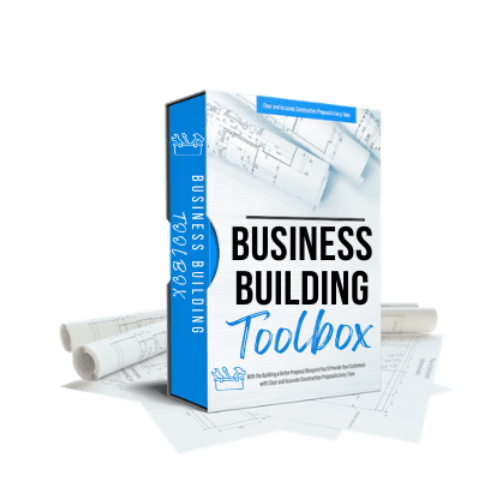And There’s More to the Right Tool Than You Might Think
For those of you that remember the TV sitcom “Home Improvement” you’ll remember Tim ‘the Tool Man’s’ Taylor’s attempts to give “more power” to everything from cars to household appliances and the infamous ‘grunts’ that accompanied this.

Guys love tools. There’s something primal in getting a new tool and learning to use it.
You’ve heard it said, “The way to a man’s heart is through his stomach”. I agree this works pretty well. However, I would argue that an even better way is…give him a new power tool.
There is a tool out there for every job, usually more than one. As cool as they all are, they’re worthless if you don’t have them and don’t use them.
The biggest “tool” problem is…the lack of “business BUILDing tools”.
Most “construction guys” would prefer to use a circular saw or screw gun rather than a computer. Paperwork most likely isn’t what they think of when considering tools.
One of the most important tools in the “construction toolbox” is paperwork.

Profitability and the success of the company hinges on the accuracy and knowledge of income and expenses. It requires having the right tools, knowing how to use them, and then actually doing so.
Some of the tools needed for BUILDing successful construction businesses are sales tools like construction proposals and contracts. Production tools like change orders and payment applications. Financial tools like job tracking, job profit/loss and savings account transfers.
When I started my construction company, I had no tools for BUILDing a business. Like most construction companies, I just guessed. After looking for business BUILDing tools and not finding what I needed…I developed systems that took the guess work out of running a construction company. I’ve been using and refining these tools for more than 35 years.
You can have these same tools by purchasing the Business BUILDing Toolbox (complete with templates, instructions, and examples of the tools). This way you can stop rolling the dice with your profits and take control of your money and your business.
Too often construction companies see the benefits of having tools and systems for their business but aren’t willing to spend the time or money. They can’t see the value. These same people wouldn’t think twice about spending hundreds or thousands of dollars to buy cordless tool kits or pneumatic nail guns and compressors, not to mention the price of things like skid loaders!
The real question is value…not price.

When considering tools, you should consider the return on your investment. Those power tools that you purchase are going to wear out over time and need to be replaced. The Business BUILDing Tools won’t. You can get the whole toolbox for less than the price of a good quality cordless tool kit and the return on that investment is priceless.
Having the right tools, knowing how to use them, and then actually doing so can be the difference of having a successful company or giving up and going out of business.
You’ve never been afraid of getting a new power tool and learning how to use it. Don’t be afraid of Business BUILDing Tools either.
You can learn more about these tools here or feel free to schedule a free 30-minute construction company consultation.
We are going to be starting a half price Holiday Special on Black Friday (Nov. 24th) with the toolbox price increasing $25 each week through the end of the year. So, be ready to grab your toolbox full of Business BUILDing tools at the sale price before it’s too late. Also, feel free to share this holiday offer with any construction companies that you think could benefit so they can take advantage of the reduced price!














































